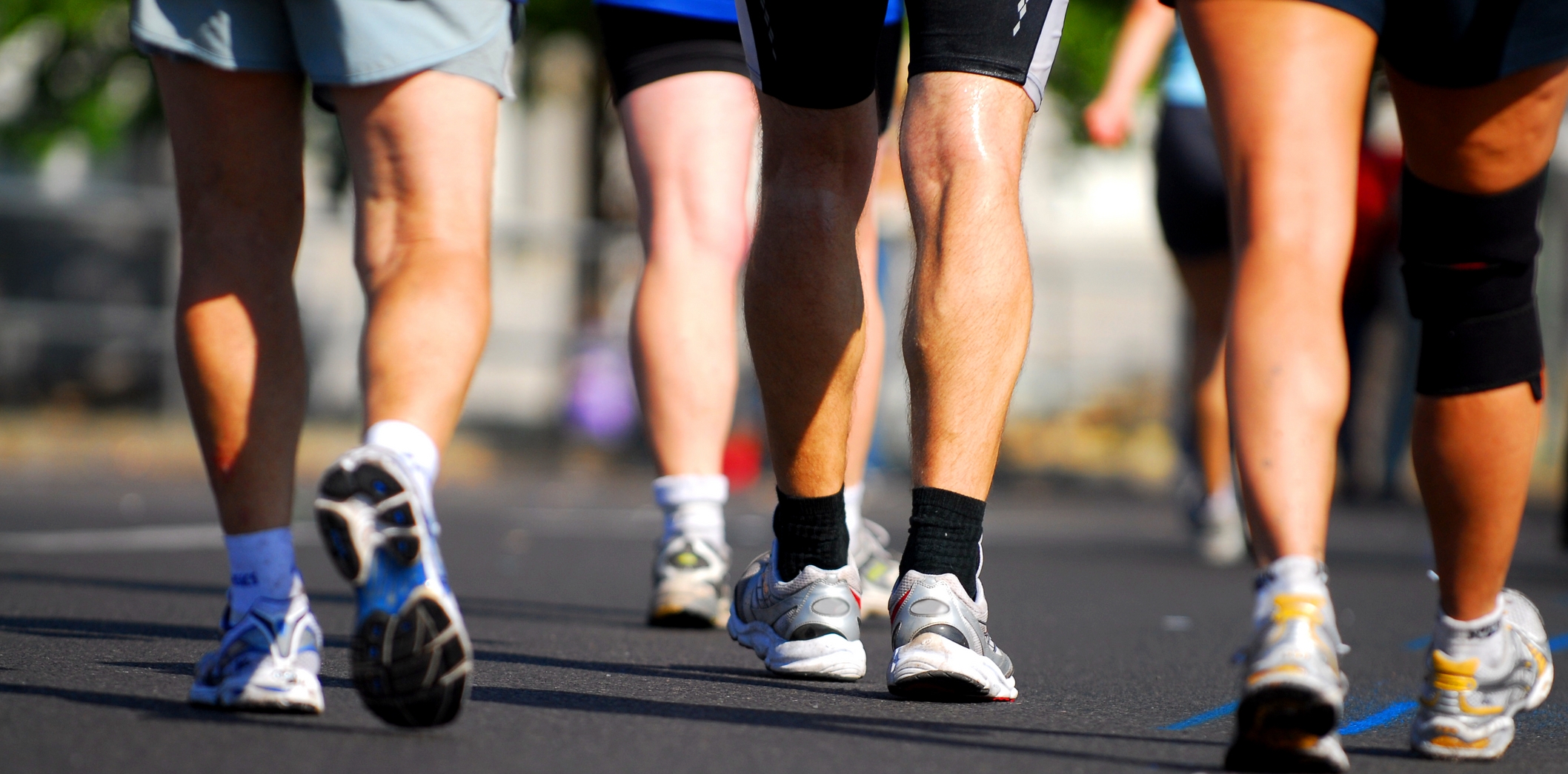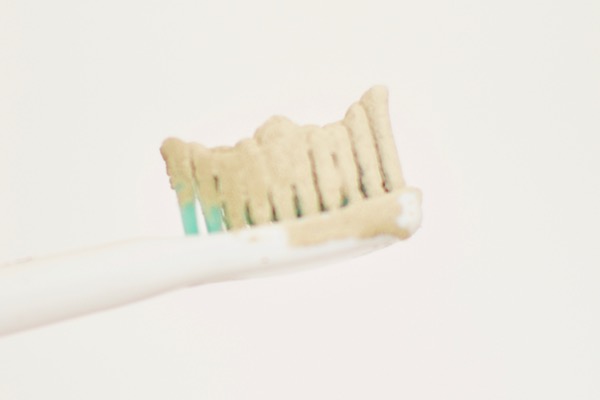They’re not just good for women!
Kegel exercises are something we all like to laugh about when we hear other people talking about them. For most of us–men especially–it just sounds weird to walk around squeezing the muscles around our genitals, and we don’t really understand the purpose of it.
Well, kegel exercises for men and women are a lot more important than you might think! Why is that? Let me explain…
Kegel exercises are intended to strengthen the pubococcygeus muscle, or PC muscle, that stretches from your pubic bone to your coccyx (tail bone). This muscle forms the “floor” of your pelvic category. Essentially, it provides support to the organs in your pelvis, including your bladder.
That may not seem important, but wait until you feel the urge to pee. It takes bladder control to hold that urine in, and what muscle do you think comes into play? That’s right, it’s the PC muscle! Your PC muscle controls your urination, as it either relaxes to allow the urine to flow or contracts to hold it in your bladder.
For most men, bladder control comes naturally. We like to think we can go for hours without peeing (especially while driving), and it’s all thanks to the PC muscle. But what happens when the muscles weaken? Perhaps it’s as a result of prostate cancer surgery, an overactive bladder, or a bladder that doesn’t quite contract properly? Your muscles are weak, so they can’t hold the pee in. This leads to what is known as urinary incontinence.
Enter Kegel exercises for men…

READ MORE: Kink Spotting: Do Muscle Men in Heels Turn You On?
Kegels are like any weightlifting or bodybuilding exercise: they work a specific muscle in order to strengthen it. Only in this case, it’s not your biceps or chest that is being targeted, it’s the PC muscles that control your urinary sphincter. By doing Kegel exercises, you can strengthen that sphincter muscle and make it better able to control the flow of urine. You can not only improve bladder control, but in many cases regain it completely, thanks to Kegels.
So how the heck can you work the PC muscles? Well, first you have to FIND them. The easiest way to do that is when you’re peeing.
When you pee, you relax your muscles to allow the urine to flow. Halfway through your peeing, contract the muscles that STOP the urine. Try to slow or stop the flow, and feel the muscles in your pelvis contract. This is the PC muscle.
Kegel exercises for men are beautifully simple:
Step 1: Contract the PC muscle. Your legs, abs, or buttocks shouldn’t clench, but you need to focus on ONLY contracting the muscle that controls the flow of urine. It takes practice to isolate the muscle, but it’s not as difficult as you think.
Step 2: Hold the contraction for five seconds, then release. After five seconds, contract again. Repeat 10 times, then rest.
Step 3: Repeat your 10-rep sets of Kegels at least two or three times a day. This constant contraction-relaxation of your muscles will help to strengthen the urinary sphincter, giving you better control over your bladder. You’ll find that you can restore a lot of function to your bladder muscles just by doing these exercises.
Note: Even if you aren’t suffering from urinary incontinence, it can’t hurt to perform a few sets of Kegels every day! Not only will it help to strengthen the muscles and reduce your risk of developing incontinence in the future, but it will make the contractions of your orgasms much stronger–ergo, making those orgasms a lot better!








